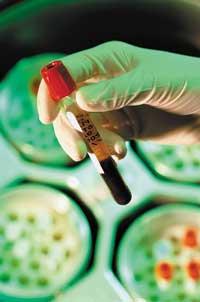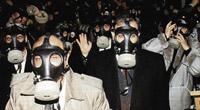SAFER FOOD Objective of the Bilbao conference
2002/09/20 Galarraga Aiestaran, Ana - Elhuyar Zientzia
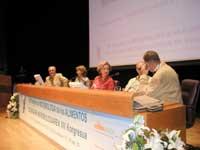
A congress on food microbiology was recently held in Bilbao. There is no doubt that the topic is current, so the experts promoted by the Spanish Association of Microbiology and who have participated in the conferences organized by AZTI, have not been merely responsible. In fact, food security is the main source of concern in today's society and it is not easy to give correct answers and correct indications. In view of the results of the congress, the organization considers that the objective has been fulfilled.
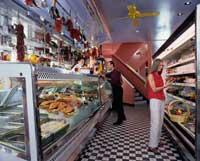
Eating habits are changing very quickly. Among other things, food from anywhere in the world comes to the markets, more and more cooked foods are consumed and the purchase tends to be made once a week. All this conditions the treatment and the duration of the food. But on the other hand, consumers demand that foods have few preservatives and are as natural as possible, and that they are safe.
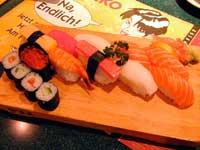
To respond to this demand it is necessary to know the ecology of food microorganisms, develop rapid methods of detection of them, devise new methods of conservation and, finally, be able to guarantee food security. To do everything, specialists from different fields need to work together, from basic research to food industry engineers to health experts. Therefore, among the more than a hundred speakers who attended the conference were experts from all areas related to food microbiology. The posters presented were also more than one hundred and the congressmen almost 400.
Water collection to own mill
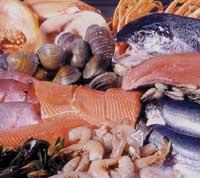
As organized by AZTI, it is no wonder there is more than one talk about seafood. For example, the introductory conference was given by Dr. Lone Gram of Denmark, and focused on the safety, deterioration and conservation of fish and fish. In his opinion, "it must be taken into account that seafood products are one of the main responsible for diseases through food and that the spontaneous presence in water of some of the microorganisms that pollute them makes it very difficult to avoid them."
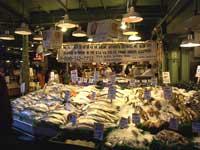
However, seafood products have another problem, is that they deteriorate easily, so to last longer they are applied hard treatments. However, because consumers demand poorly treated products, new conservation methods are being developed. Lone Gram mentioned some of them but, above all, highlighted the need to know the ecology of microorganisms present in these foods: "In our markets there are more and more products in temperate seas that we cannot rule out because they do not meet our microbiological standards, since we need these raw materials. Thus, we must learn to accept it and treat it properly to avoid problems, as we recognize and act accordingly that birds have Salmonella in Europe."
‘Good, ugly and bad’
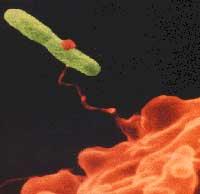
Therefore, the initial presentations and round tables followed focused on the microbiology of fish and sea, while on the second day a round table was organized related to water, not only with the marine but also with drinking water, focusing on viruses. In fact, although bacteria have been investigated much more, the importance of viruses is undeniable. Federico Uruburu, who led the round table, made a nice comparison: "The bacteria present in food, like the characters in Sergio Leone's film, can be good, ugly or bad. That is, some (good) help us make wine or cheese, others (ugly) spoil food and bad cause disease. However, viruses have always been considered bad, but there are also good viruses and we are learning to use them for our benefit."
These good viruses include food and water status indicator viruses. Francisco Lucena of the University of Barcelona deepened this issue, making clear the usefulness of the virus indicators.
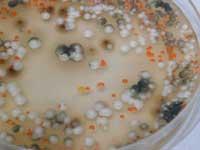
However, Dr. Ester Suñen and the Finnish Carl-Henrik von Bonsdorff of the Haartman Institute participated in this round table, and discussed other aspects of viruses. In general, viruses are not easy to detect and there are few routine methods for detection. In addition, they are able to overcome many of the food conservation treatments. Therefore, they warned about the danger of mollusks, which concentrate the viruses present in the water. This, of course, did not mean that we should give up eating molluscs, but that we should continue to investigate methods of detection and purification of viruses.
Quick methods
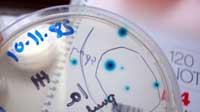
The industry needs fast, automated and safe methods to detect microorganisms. On the one hand, because saving time saves money and on the other, because it needs to guarantee security. In recent years researchers have tried to respond to this need and new methods were presented at the conference. The usefulness of techniques based on the detection of genetic material is clear and, in this sense, the polymerase chain reaction (PCR) is widely used. Other methods are based on immune reactions, luminescence, or detection of emerging metabolites.
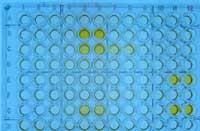
Among the novelties, CAPSA (Corporación Alimentaria Peñasanta) and the CSIC (Consejo General de Investigaciones Científicas) jointly presented a method to detect changes caused by the activity of microorganisms in packaged milk. This method, based on ultrasound, consists of analyzing the signal received after ultrasound emission and crossing the tetrabrik, to know if the milk has undergone changes or not. It is of great interest to the industry, since the product does not deteriorate and a prototype is already being manufactured for industrial use.
Mathematics and security
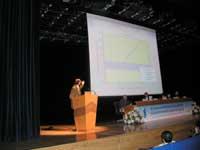
The last day highlighted the contribution of mathematics to food security. For example, Dr. József Baranyi spoke about computer models that anticipate microorganism growth. In these models, the knowledge of the initial microbiological state of the food allows to predict the evolution of the food according to parameters. That is, you can know the effect of changing temperature, acidity, amount of salt or other parameter on the proliferation of microorganisms.

Computer models are increasingly refined, but the doctor acknowledged that "we did not know the importance of the history of bacterial culture. Until now, the first part of the sigmoid curve representing bacterial growth, corresponding to the latency time, was not properly contemplated. Now we have realized that what happens in that time influences and that cannot be foreseen. Therefore, some of the model hypotheses are doubtful." In addition, "food systems are much more complex than laboratory cultures; however, more data can be made more accurate models."
Presentation of computer models for microbiological risk assessment in Arie H, Netherlands. It was made by Dr. Havelaar. In the presentation he explained that "risk assessment is the first step in risk analysis and is based on scientific knowledge. The next steps are risk management, which is in the hands of politicians, and risk communication, which allows all fields to work together. But while the distribution of functions is necessary, interaction between all is fundamental."
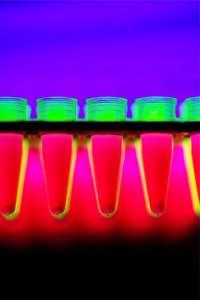
On the other hand, the risk assessment consists of four components: the identification of microorganisms present in food and water, the measure of the degree of probability of contamination, the degree of potential condition after contamination and the characterization of the risk that the previous three entail.
Computer models that quantify this are of great importance and can be an extraordinary tool in decision-making. But, of course, they are not easy. Havelaar launched an idea that can be useful in the development of models: "Risk is a combination of probability and severity. To unite it, we can try to add morbidity and mortality to healthy years of life. It is clear that when you are sick you lose a healthy time. Although this idea is very simple, it is very useful to compare quantitatively pathogens."
To end the congress, Daniel Y.C., pioneer of fast and automated methods in microbiology. Fung exposed the latest trends. Undoubtedly, it was a closing conference for any kind of satisfaction.
Fresh hake at AZTI for longer
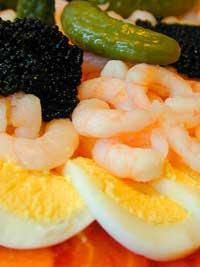
Dr. Carlos Cond, from AZTI's Food Technology department, presented new methods to curb the proliferation of pathogenic and destructive microorganisms in fish. Among other things, he explained the technique of light pulses being investigated in the department. The light pulses are flashes of more than 20,000 times the sunlight and correct the surface of the product in a short time (less than a millisecond). In this way the death of microorganisms is achieved, but no change in the product is appreciated.
The prawns treated with this technology last a week longer in good condition and are now being tested at AZTI with hake slices. 25 shiners seem enough to destroy 90% of microorganisms
Fung Predictions Compliance
Daniel Y.C. Researcher Fung announced 10 points 15 years ago. In the days it was observed that things go the way announced, although we will have to wait a little more to fill them completely. These forecasts were:
- In art the count of viable cells will be used.
- Real-time hygienic control.
- Polymerase chain reaction (PCR), ribosomal RNA based identification and genetic testing in microbiological laboratories of clinics, food, water, pharmacies and industries.
- ELISA and immunological tests will be fully automated and their use will be extended.
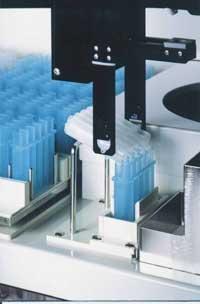
- Disposable tests to identify microorganisms will give quick answers.
- Biosensors will be used in the Risk Analysis and Critical Point Control System (HACCP).
- Depending on the characteristics of each pathogen, immediate identification matrices can be built by computer.
- Effective cell separation and concentration systems will be of great help to achieve rapid identification.
- In food packages there will be systems that warn of the excessive increase of microorganisms.
- There will be rapid systems that warn of the presence of pathogenic microorganisms for use at home.

Gai honi buruzko eduki gehiago
Elhuyarrek garatutako teknologia




